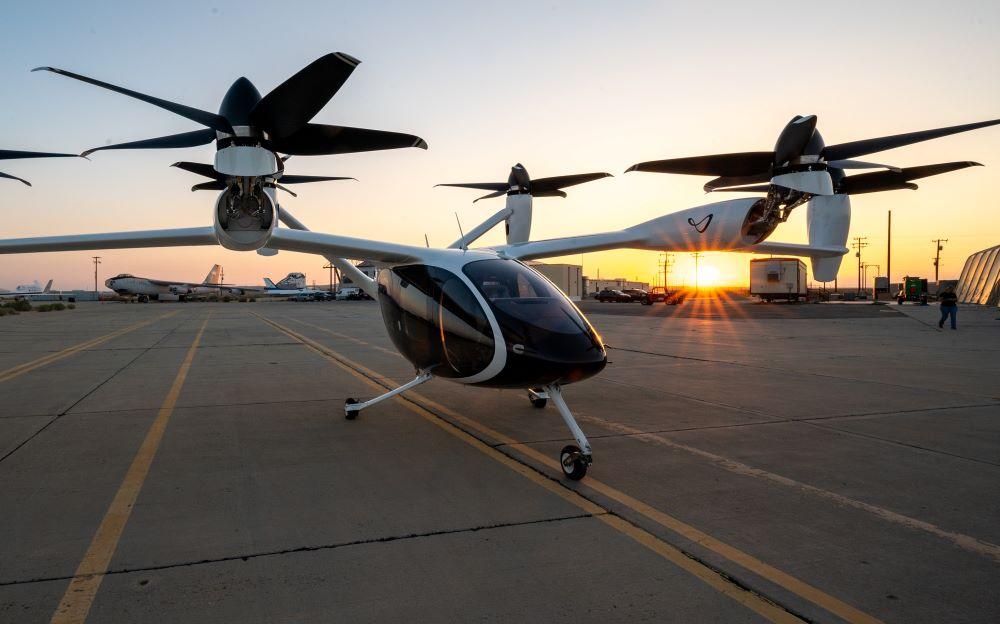
Joby has demonstrated the potential for eVTOLs to perform U.S. Air Force logistics missions with flights at Edwards AFB, California.
Credit: U.S. Air Force
Nonprofit research organization Rand has found little appetite within U.S. Air Force commands for electric vertical-takeoff-and-landing (eVTOL) aircraft despite the service’s efforts to stimulate development of a domestic manufacturing industry. The report—Amping Airpower - Electric Vertical Takeoff...
Subscription Required
Rand: No Demand For eVTOLs Within USAF’s Major Commands is published in Advanced Air Mobility Report, an Aviation Week Intelligence Network (AWIN) Market Briefing and is included with your AWIN Premium membership.
Already a member of AWIN or subscribe to Advanced Air Mobility through your company? Login with your existing email and password
Not a member? Learn how to access the market intelligence and data you need to stay abreast of what's happening in the air transport community.





